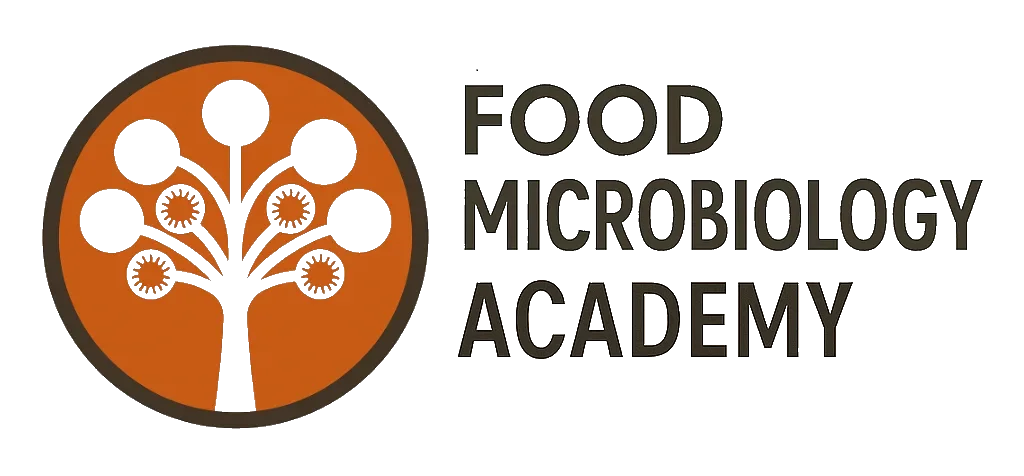Aeromonas hydrophila is a Gram-negative, rod-shaped bacteria that belongs to the family Aeromonadaceae. It was first identified by a Japanese scientist in 1892 and is considered as one of the first species of the genus Aeromonas. The genus Aeromonas, is composed of several species, Aeromonas hydrophila is one of the most well-known and studied species in this genus. It is important to note that, Aeromonas hydrophila is considered a complex species, meaning that it is composed of several sub-groups with different levels of pathogenic potential, which can cause different types of infections in humans and animals.
Taxonomically, Aeromonas hydrophila falls under the following classification:
- Domain: Bacteria
- Phylum: Proteobacteria
- Class: Gammaproteobacteria
- Order: Aeromonadales
- Family: Aeromonadaceae
- Genus: Aeromonas
- Species: Aeromonas hydrophila
This species is commonly found in freshwater environments such as rivers, lakes, and ponds. It can also be found in brackish water and in the intestinal tracts of some fish species. In fish, Aeromonas hydrophila can cause a variety of diseases, including septicemia, wound infections, and fin and tail rot. Symptoms of a fish infected with Aeromonas hydrophila may include redness, swelling, and ulceration of the skin, as well as fin and tail damage. It’s important to maintain good water quality and hygiene in fish tanks and aquaculture systems to prevent the spread of Aeromonas hydrophila and other fish diseases. If your fish are showing signs of infection, it’s best to consult a veterinarian or fish health expert for proper diagnosis and treatment. The presence of Aeromonas hydrophila in the aquatic environment is not necessarily a cause for concern, as the bacteria is a normal part of the aquatic microbial community. However, high levels of the bacteria in water or fish may indicate poor water quality or overcrowding in aquaculture systems, which can lead to increased risk of disease in fish and other aquatic animals.
A. hydrophila can cause foodborne illness in humans, although it is less common than other foodborne pathogens such as Salmonella and E. coli. The bacteria can be found in raw or undercooked meat and seafood, as well as in fresh produce that has been contaminated with water or sewage. Aeromonas hydrophila can also survive and grow in refrigerated foods, making it important to store and handle food properly to prevent the growth and spread of the bacteria.
Symptoms of Aeromonas hydrophila infection can include diarrhea, abdominal cramps, nausea, vomiting, and fever. These symptoms usually appear within 24 to 48 hours after consuming contaminated food. In severe cases, Aeromonas hydrophila infection can lead to dehydration and blood infections.
To prevent foodborne illness caused by Aeromonas hydrophila, it is important to handle food properly, cook meat and seafood thoroughly, and to practice good personal hygiene. It is also important to properly clean and sanitize cutting boards and other kitchen tools to prevent cross-contamination.
Although Aeromonas hydrophila is a rare cause of foodborne illness, there have been several reported outbreaks of disease associated with the bacteria in recent years.
In 2019, United Kingdom, over 30 cases. Cause: raw or undercooked meat from a local butcher shop.
In 2018, United States, over 20 cases. Cause: raw or undercooked pork products from a local distributor.
In 2017, Germany, over 50 cases. Cause: raw or undercooked fish products from a local market.
In 2015, United States, over 20 cases. Cause: raw oysters harvested from a local estuary.
These are just a few examples of reported outbreaks involving Aeromonas hydrophila, it’s important to note that most cases of foodborne illness caused by Aeromonas are not reported or recognized, it is usually underdiagnosed due to its similarity to other enteric pathogens.
Aeromonas hydrophila can be identified in the microbiology laboratory using a variety of methods, including cultural, biochemical, serological, and molecular techniques.
Cultural methods involve growing the bacteria on selective and differential media, such as thiosulfate-citrate-bile-sucrose (TCBS) agar or cefsulodin-irgasan-novobiocin (CIN) agar, which are formulated to selectively promote the growth of Aeromonas species while inhibiting the growth of other bacteria.
Biochemical methods involve testing the bacteria’s ability to ferment various sugars or produce certain enzymes. For example, Aeromonas hydrophila is able to ferment lactose and produce the enzyme catalase.
Serological methods, such as the slide agglutination test, can be used to identify Aeromonas hydrophila by detecting specific antigens in the bacteria.
Molecular methods, such as polymerase chain reaction (PCR) and DNA sequencing, can be used to specifically detect and identify Aeromonas hydrophila by targeting specific genetic regions of the bacteria.
It’s worth to note that, Aeromonas hydrophila is a part of the Aeromonas genus which encompasses a number of species, therefore it is important to use multiple methods to confirm the identification of Aeromonas hydrophila in the lab.




